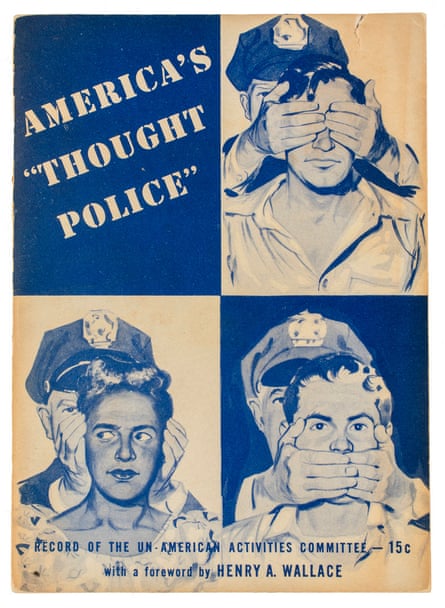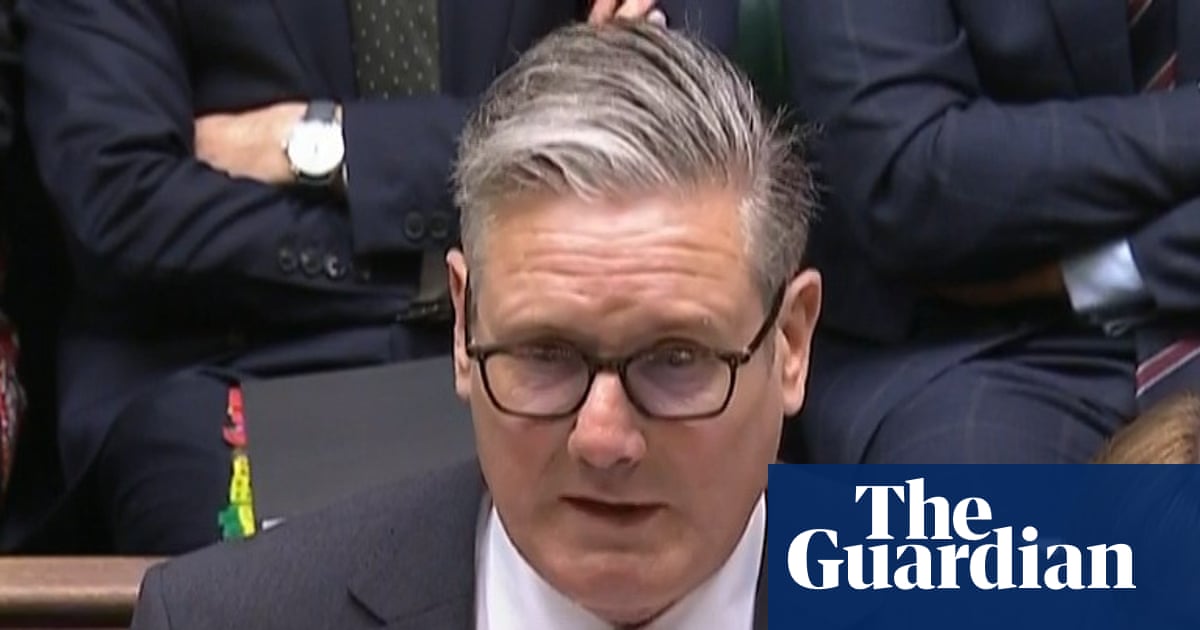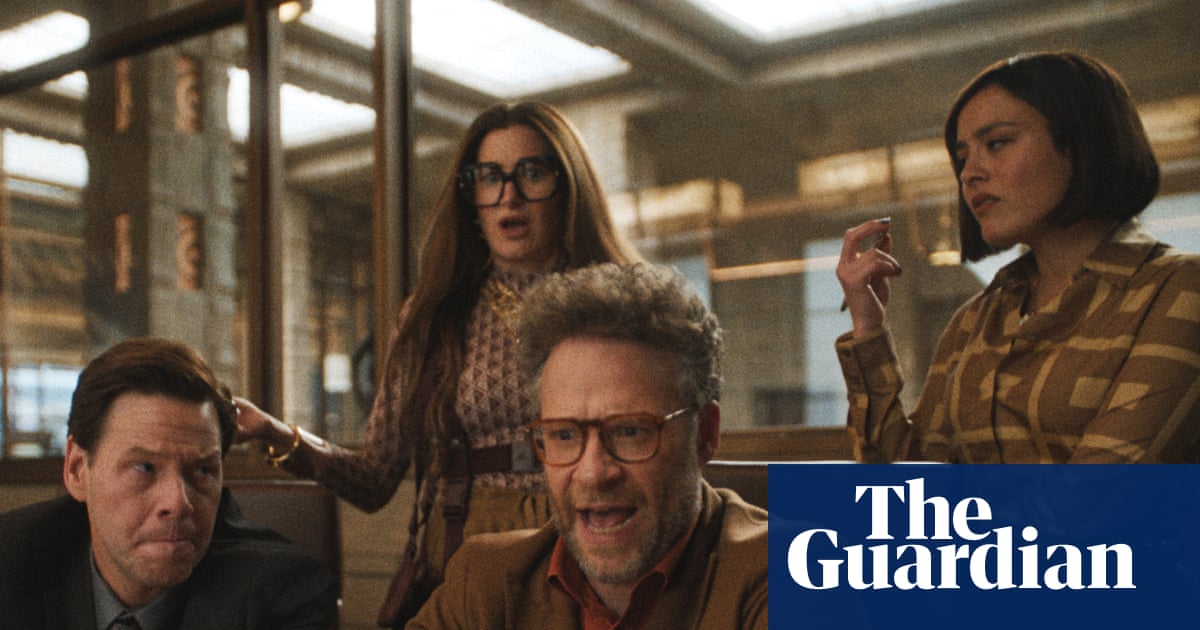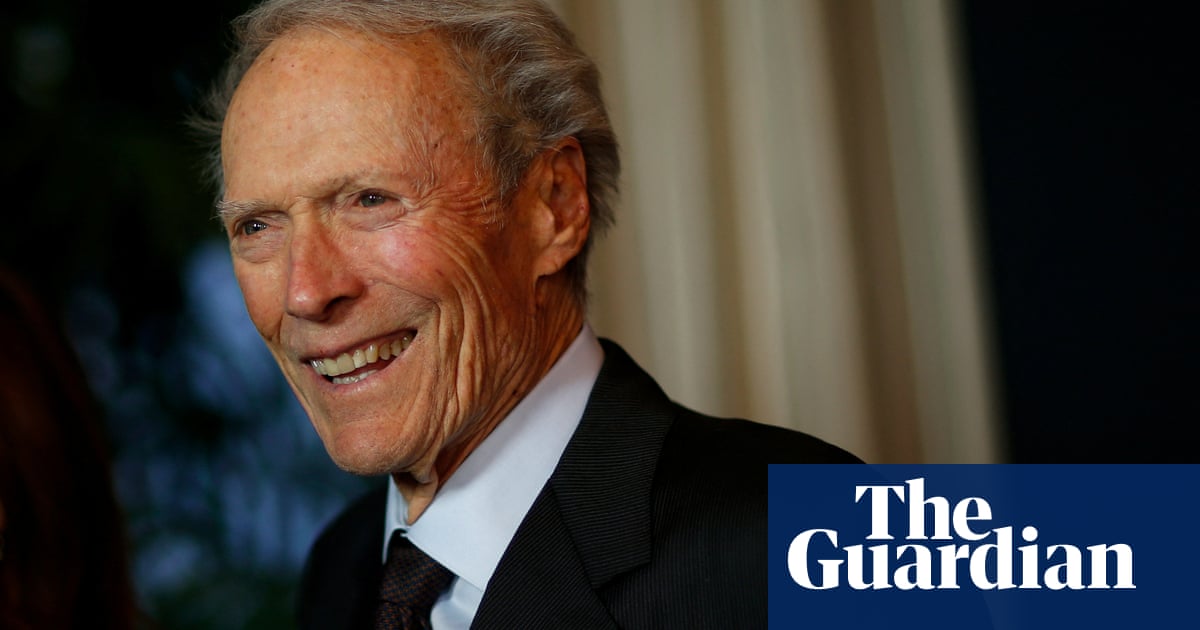There’s no shortage of comparisons with the second Trump administration to the rise of Nazism in 1930s Germany, but perhaps the more apt comparison is to the Red Scare in postwar America. Blacklisted, a new show at New York Historical, profiles the lives of the so-called Hollywood Ten, who were creatives caught up in the Communist witch-hunt – to disastrous consequences affecting their lives for decades thereafter. It brings to mind suggestive, and uncomfortable, parallels with politicized persecution in the US today.
“At this point, TV was just beginning to become influential,” said Anne Lessy, an assistant curator who coordinated the show. “There was a lot of anxiety around these mass entertainments and how much power they had, in part because the second world war effort had been so successful in propaganda. A lot of the blacklisted artists were important in those efforts.”
In addition to rising fears around the newly unleashed power of television, Lessy added that there were powerful backlashes around rising equality, promoting racism, xenophobia and antisemitism. Politicians and other opportunists were keen to take advantage of these social fissures – persecuting members of the Hollywood elite was widely viewed as a stepping stone for ambitious politicians.
“This was a way to give yourself a real bounce in terms of your political career,” Lessy said. “A relatively junior member of congress, Richard Nixon, was on the [House Un-American Activities Committee], and then in just a few short years he’s elected senator from California, and then vice-president. So it really did become a platform that many politicians saw as a way to advance their own ambitions.”

Blacklisted explores this crucial history through the lives and stories of various Americans, including the Hollywood Ten – a group of screenwriters and directors who were held in contempt of congress for refusing to answer questions before HUAC. While the show was originally curated by Jewish Museum Milwaukee in 2018, when things such as book bans and “don’t say gay” bills were just beginning to pick up steam, its resonance with the US political situation has only increased in the years since.
President and CEO of New York Historical, Louise Mirrer, explained that when she found out about Blacklisted, it felt like a slam dunk. “The exhibition was brought to our attention by a member who saw it a few years ago at the Skirball [Cultural Center] in Los Angeles. Even already at that time, around the country, we were starting to see a lot of attention paid to books in school libraries, the curriculum taught in schools – it just seemed like this theme of being blacklisted really resonated and was important to bring to our audience.”
One of the narratives that Blacklisted explores is that of Dalton Trumbo, an award-winning screenwriter known for films such as Roman Holiday and Spartacus. Because of his blacklisting, Trumbo actually worked on these films and others under a pseudonym, and was not able to receive any credit for his Academy award–winning work. It was only in 1960 that he was again given screen credits – for his films Exodus and Spartacus – and it was not until 2011 that he received full credit from the Writers Guild of America for his work on Roman Holiday. “So many screenwriters had to work under fictitious names or fronts,” said Lessy, “and it was often not until the 80s or 90s that they got credit for their work.”
Beyond not being able to fully enjoy the fruits of their labor, such blacklisted writers and actors experienced serious limitations to their careers and ability to support themselves. Among the historical ephemera collected in Blacklisted is the unemployment benefits application of actor Madeleine Lee, who was unable to earn a living due to the witch-hunt that buried her career. Such consequences could be lifelong. “Blacklisted artists struggled to survive,” said Lessy, “and the impacts often lasted for a very long time. Many blacklisted creatives were not getting an accurate pension into the 80s and 90s. Films were still crediting an alias or front.”

Against this governmental persecution, Hollywood creatives deployed many forms of resilience. They relied on community ties for mutual aid, and they carried on their creative practices outside of Hollywood. For this version of the show, New York Historical has added an examination of how New York theater was a lifeline for so many who had run afoul of state-sponsored attacks. “New York theater never adopted a formal blacklist, and so the theater world became an important refuge,” Lessy said. “Actors Equity was one of the few entertainment unions to actually pass an anti-blacklist resolution.”
One of the cases that Blacklisted examines is that of a stage production of the book The World of Sholom Aleichem. Considered a forerunner of Fiddler on the Roof, the book delves into 19th century Jewish diasporic communities throughout southern Russia. It was a turned into a very popular theater show that consisted largely of blacklisted staff, even garnering a rave from the New York Times and going on to become a prime-time TV presentation. “They took this Russian-Jewish folk tale and turned it into a really popular show,” Lessy said.
The show also looks at how figures such as playwrights Arthur Miller and Lillian Hellman were given a lifeline by New York. Miller was held in contempt of Congress in 1957 and subsequently blacklisted from Hollywood, while Hellman was blacklisted early on, in 1949. “They had such undeniable talent and were able to continue to thrive on the New York stage,” said Lessy.
Ultimately, individual citizens fighting back helped to erode the powers of the House Un-American Activities Committee. In the 1957 supreme court case Watkins v United States, labor organizer John Watkins won a ruling that HUAC’s power was not unlimited. “I really love the fact that the legal curbing was very much an ordinary person who decided to fight back,” said Lessy. Subsequent rulings further limited Congress’s power to persecute individual Americans, offering some hope for curbing the Trump administration’s abuses of power and avoiding yet another American witch-hunt.
-
Blacklisted: An American Story is on view at the New York Historical until 19 October

 2 months ago
38
2 months ago
38

















































